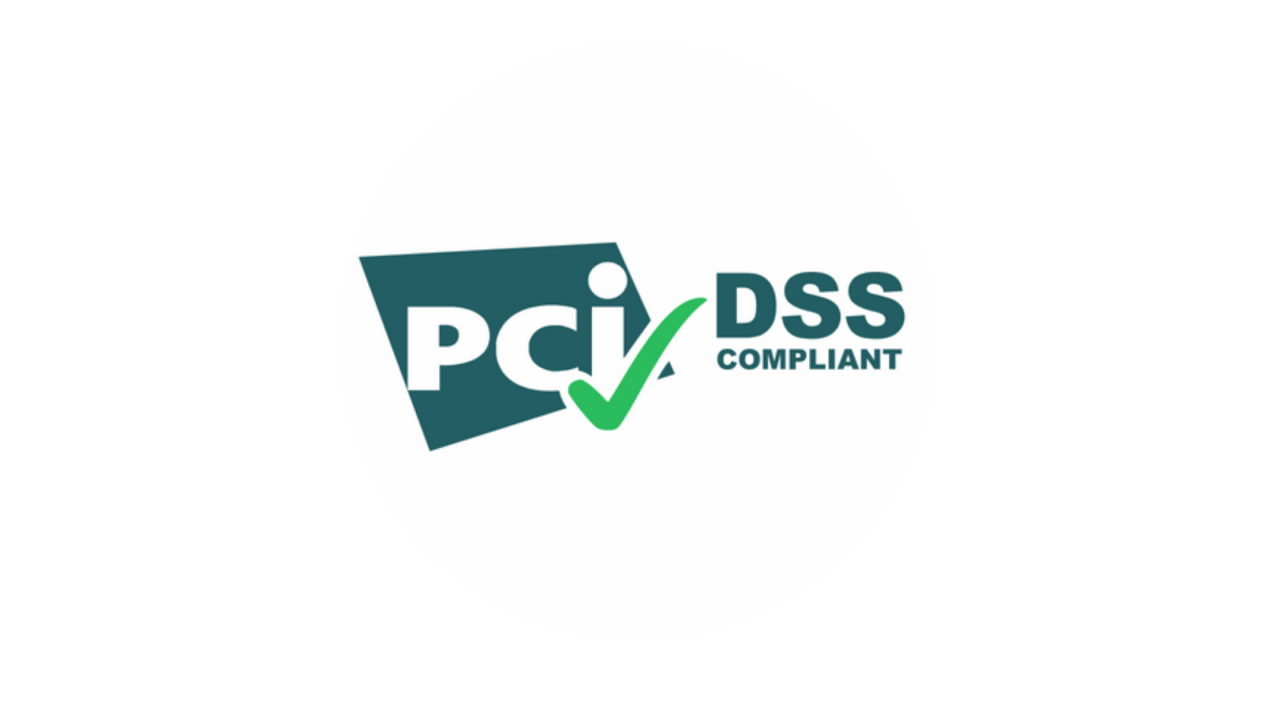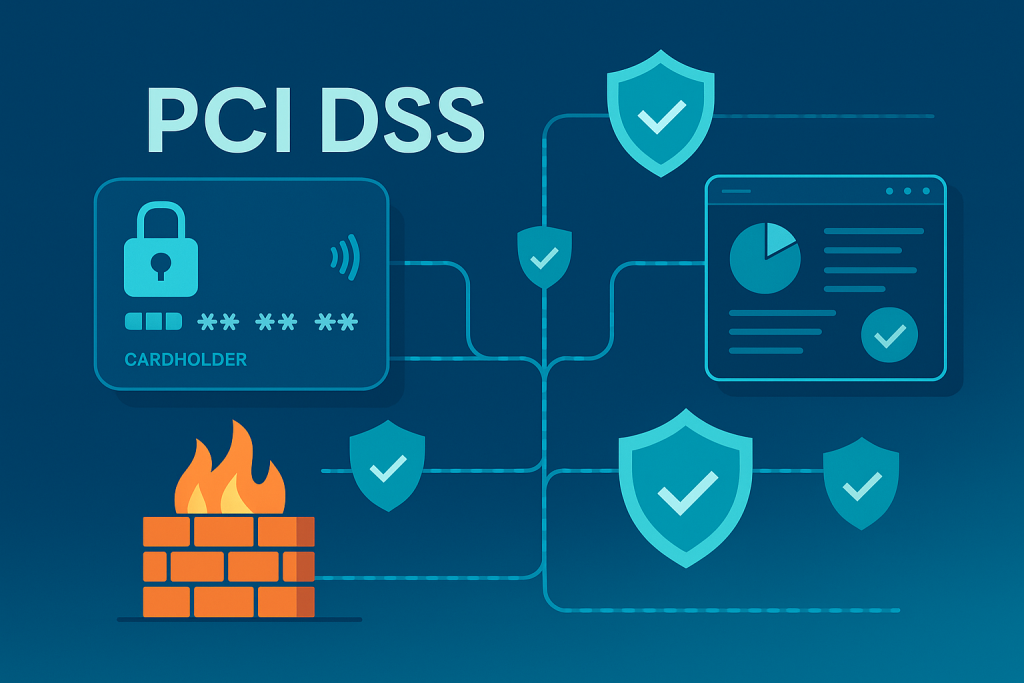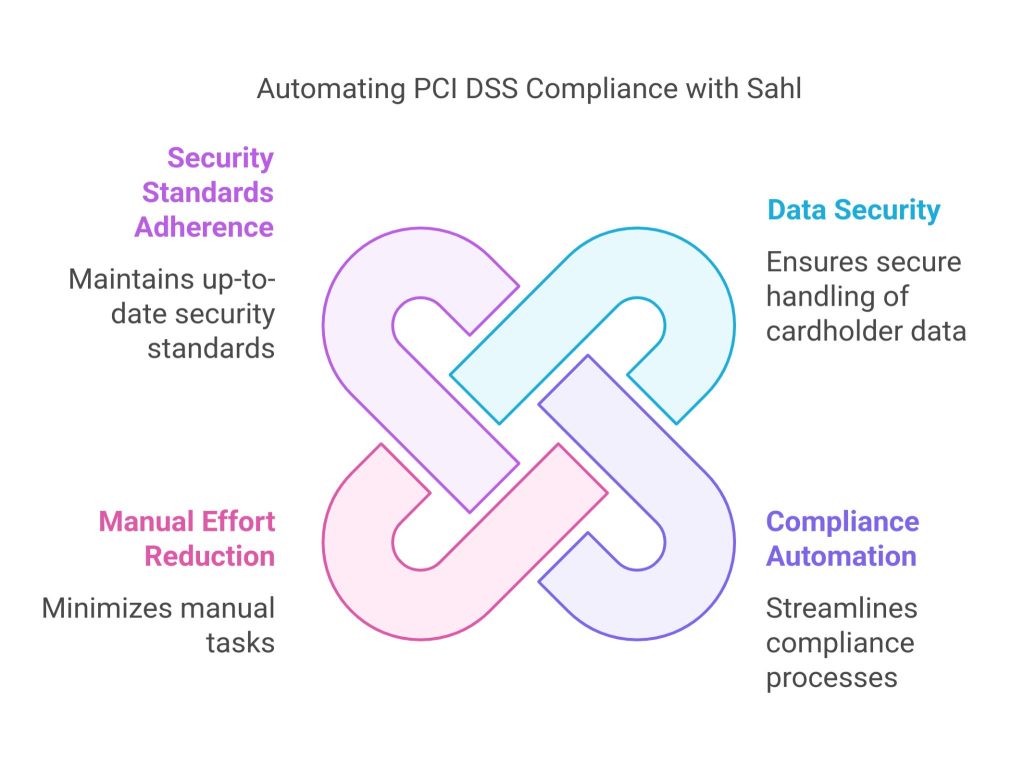PCI DSS

Every time you swipe your card, tap your phone, or shop online, you trust that your payment details are safe. Behind the scenes, one global standard makes that possible: PCI DSS compliance.
What is PCI DSS?
PCI DSS stands for Payment Card Industry Data Security Standard. It was created by major card brands (Visa, Mastercard, American Express, Discover, and JCB) to ensure businesses handle cardholder data securely.
Think of PCI DSS as a 12-step security checklist covering everything from firewalls to encryption and access monitoring. Whether you’re a global bank or a small e-commerce shop, if you store, process, or transmit card data, PCI DSS compliance applies to you.

Why PCI DSS Feels Complicated
PCI DSS compliance isn’t just ticking boxes, it requires:
- Keeping up with evolving cybersecurity threats
- Encrypting and monitoring data across networks
- Managing vendors and third-party service providers
- Producing audit-ready evidence and documentation
For many businesses, it feels like solving a Rubik’s Cube blindfolded.
PCI DSS Core Requirements
PCI DSS is built around 12 key requirements, grouped into 6 main goals:
1. Build and Maintain a Secure Network
- Install and maintain firewall configurations
- Avoid vendor-supplied defaults for passwords and settings
2. Protect Cardholder Data
- Protect stored cardholder data
- Encrypt cardholder data across public networks
3. Maintain a Vulnerability Management Program
- Use updated antivirus software
- Develop and maintain secure systems and applications
4. Implement Strong Access Control Measures
- Restrict access to cardholder data
- Assign a unique ID to each user
- Restrict physical access to cardholder data
5. Monitor and Test Networks
- Track and monitor all access to cardholder data
- Regularly test security systems and processes
6. Maintain an Information Security Policy
- Establish and enforce a company-wide security policy
Automating PCI DSS Compliance with Sahl
Sahl simplifies PCI DSS compliance by automating controls and reducing manual effort.
- Continuous Monitoring: Real-time oversight of systems to prevent breaches
- Automated Evidence Collection: Instantly generate audit-ready reports
- Seamless Integration: Works with your existing IT and security tools
- Reduced Audit Burden: Minimize manual paperwork while staying compliant

How Sahl Helps with PCI DSS
With Sahl, your business can:
- Detect vulnerabilities early and fix security gaps
- Reduce risks of cardholder data theft
- Ensure alignment with all 12 PCI DSS requirements
- Always be audit-ready with automated reporting and monitoring
This way, PCI DSS compliance isn’t just a checkbox exercise , it becomes part of a stronger, smarter security strategy.
Want to see how Sahl's Compliance Automation platform can make PCI DSS easy?
FAQs
1. Who needs PCI DSS compliance?
Any business that stores, processes, or transmits cardholder data must comply, regardless of size or transaction volume.
2. What happens if a business is non-compliant?
Non-compliance can result in heavy fines, reputational loss, data breaches, and even losing the ability to process card payments.
3. How long does PCI DSS certification take with Sahl?
Traditionally, compliance can take several months. With Sahl automation, businesses can shorten timelines and achieve certification faster.
4. Is PCI DSS compliance mandatory?
Yes. PCI DSS is a global requirement enforced by major card brands like Visa, Mastercard, and American Express.
5. How does Sahl simplify PCI DSS audits?
Sahl automates risk detection, real-time monitoring, and evidence collection, making audits smooth and hassle-free.

